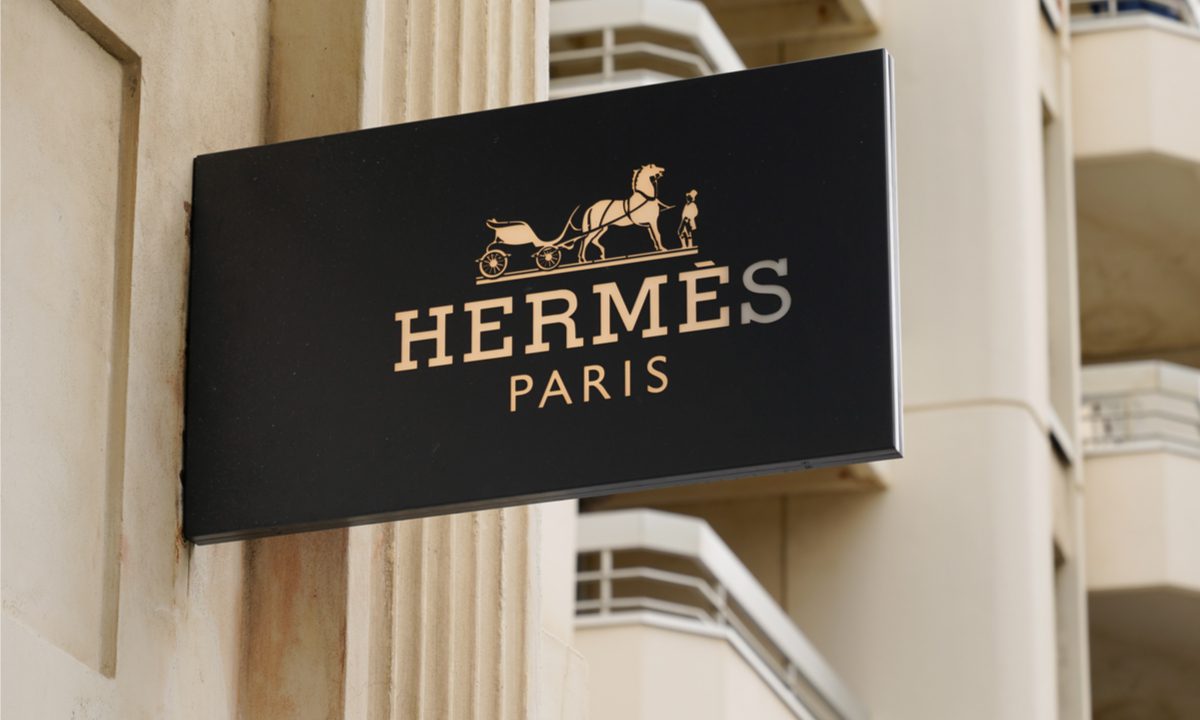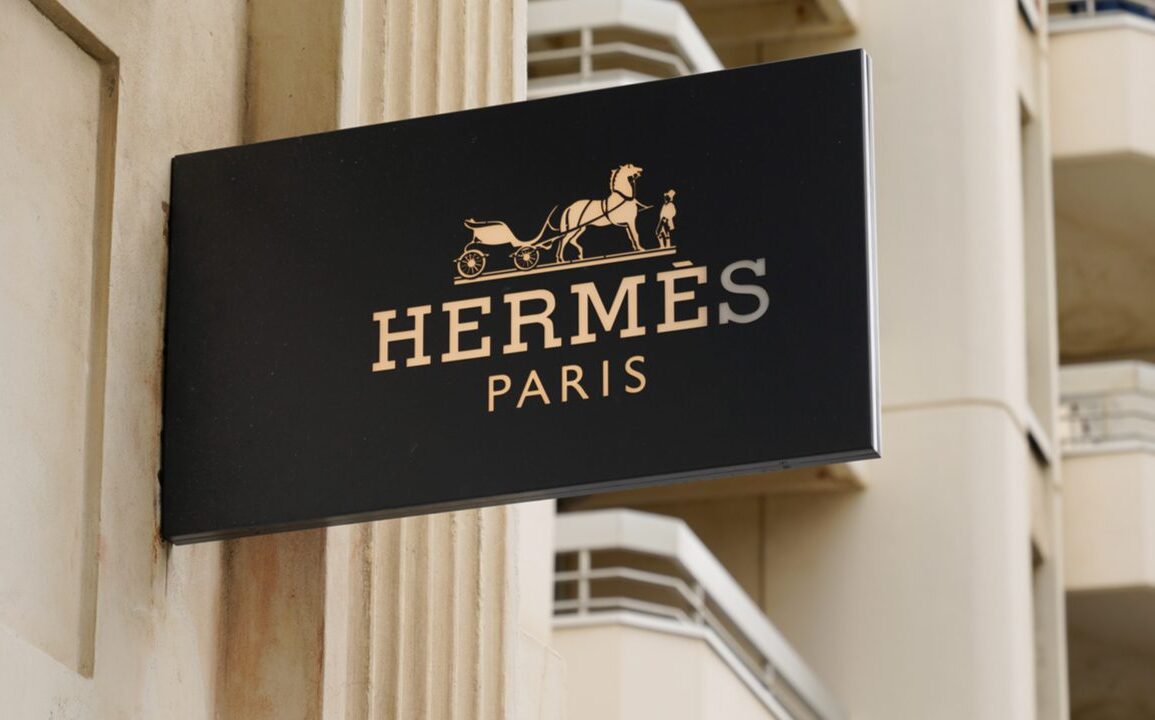
In an ongoing legal battle, luxury fashion house Hermès is once again urging the dismissal of a high-profile antitrust lawsuit centered around its Birkin handbag. Filed by Tina Cavalleri, Mark Glinoga, and Mengyao Yang, the lawsuit claims Hermès has engaged in coercive sales practices, allegedly requiring customers to buy additional products as a condition for acquiring the sought-after Birkin bags. Hermès argued in a newly filed motion on October 25 that the plaintiffs’ frustrations over access to Birkins do not equate to viable antitrust claims, nor do they substantiate allegations of false advertising or fraud, per The Fashion Law.
Plaintiffs’ Allegations: A Background
The dispute originates from a class-action lawsuit filed in March, with Cavalleri, Glinoga, and Yang alleging Hermès has orchestrated an illegal tying arrangement. According to the plaintiffs, Hermès compels customers to purchase other luxury items, including scarves, jewelry, and home decor, in order to “qualify” for Birkin or Kelly handbags. The complaint further alleges that Hermès misleads customers about the availability of these exclusive bags, violating federal antitrust laws and California state statutes.
In previous filings, Hermès succeeded in having earlier versions of the complaint dismissed due to insufficient allegations of antitrust injury and market power. The plaintiffs, however, responded with a second amended complaint, refining their claims by reclassifying product markets and adding claims of false advertising, fraud, and negligent misrepresentation, The Fashion Law reports. According to the plaintiffs, Hermès’ practices “artificially inflate” the true price of the Birkin, as customers pay both for the bag and for ancillary items they otherwise might not have purchased.
Market Definition Disputes
A key component of Hermès’ latest dismissal motion revolves around market definition, which is critical to antitrust cases. According to Hermès, the plaintiffs are manipulating market definitions in an attempt to depict the company as a monopolistic force. Initially, plaintiffs labeled the market as the “Birkin handbag market,” exclusively comprising Hermès’ products. After Hermès challenged this narrow definition, plaintiffs broadened it to include competitors like Gucci and Louis Vuitton. Now, the plaintiffs have redefined the market again, limiting it to “elitist luxury handbags” – an approach Hermès argues is contrived.
Related: Hermes Faces Renewed Antitrust Claims Over Birkin Bag Sales Practices
Per The Fashion Law, Hermès claims that this narrowed classification artificially inflates Hermès’ market power by excluding direct competitors. The fashion house argues that this “elitist luxury handbags” category omits brands like Louis Vuitton and Gucci, which courts might consider valid competitors. Additionally, Hermès contests the plaintiffs’ efforts to group unrelated luxury items – such as hats and furniture – into a single market of “luxury ready-to-wear apparel and accessories.” Hermès asserts that such disparate goods do not meet standards for economic interchangeability, stating that grouping products like scarves and home decor into one market undermines the plaintiffs’ antitrust claims.
Antitrust Injury and Harm to Competition
Central to Hermès’ motion is its claim that the plaintiffs have failed to demonstrate an antitrust injury. Hermès argues that the grievances at the core of the complaint, including the plaintiffs’ disappointment in limited Birkin availability, are personal and do not reflect broader harm to competition, as required by antitrust law. According to Hermès, the plaintiffs are not obligated to purchase additional items from Hermès, as they have the option to buy the Birkin from secondary markets. In its motion, Hermès highlights that the plaintiffs’ claims center more on personal dissatisfaction than on competitive harm, The Fashion Law notes.
The company further asserts that the plaintiffs’ desire to secure more Birkins may relate to potential resale, which is not a legitimate antitrust concern. Hermès maintains that “high prices and limited availability” of the Birkin are not indicative of anticompetitive behavior, explaining that limited supply alone does not equate to coercion or unlawful conduct.
Fraud and False Advertising Allegations
Expanding their complaint, the plaintiffs included claims of false advertising, fraud, and negligent misrepresentation, arguing that Hermès misled consumers about the Birkin’s availability. The plaintiffs cited language on Hermès’ website, which they interpreted as suggesting that the Birkin was readily obtainable. Hermès counters that this interpretation misrepresents the original context, which referred to product characteristics, not widespread availability. Hermès argues that the plaintiffs have twisted ordinary statements to imply that anyone can acquire a Birkin on demand – an unrealistic interpretation, according to the motion.
Furthermore, Hermès disputes the plaintiffs’ claim that its sales associates encouraged customers to buy other products with the promise of increasing their chances of securing a Birkin. The brand argues that no specific interactions substantiating this claim have been documented in the complaint. Moreover, Hermès highlights that two of the plaintiffs were able to obtain Birkins through their purchases, suggesting no direct harm from the alleged misrepresentations.
State Law Claims and Hermès’ Final Push for Dismissal
In addition to federal claims, the plaintiffs cited state-level violations under California’s Cartwright Act and Unfair Competition Law. However, Hermès contends that these state claims are duplicative of federal allegations and fail for similar reasons, including lack of evidence regarding market dominance or harm to competition. Hermès argues that state law should not be used to pursue federal antitrust issues, which could hinder lawful, competitive practices, The Fashion Law explains.
Ultimately, Hermès is urging the court to dismiss the case with prejudice, effectively barring future amendments. Hermès argues that despite multiple revisions, the plaintiffs’ complaint continues to lack the necessary foundation to proceed in court. In its final push, Hermès asks for the court to “end the plaintiffs’ misguided efforts” and dismiss the case, putting an end to the contentious legal battle.
Source: The Fashion Law









